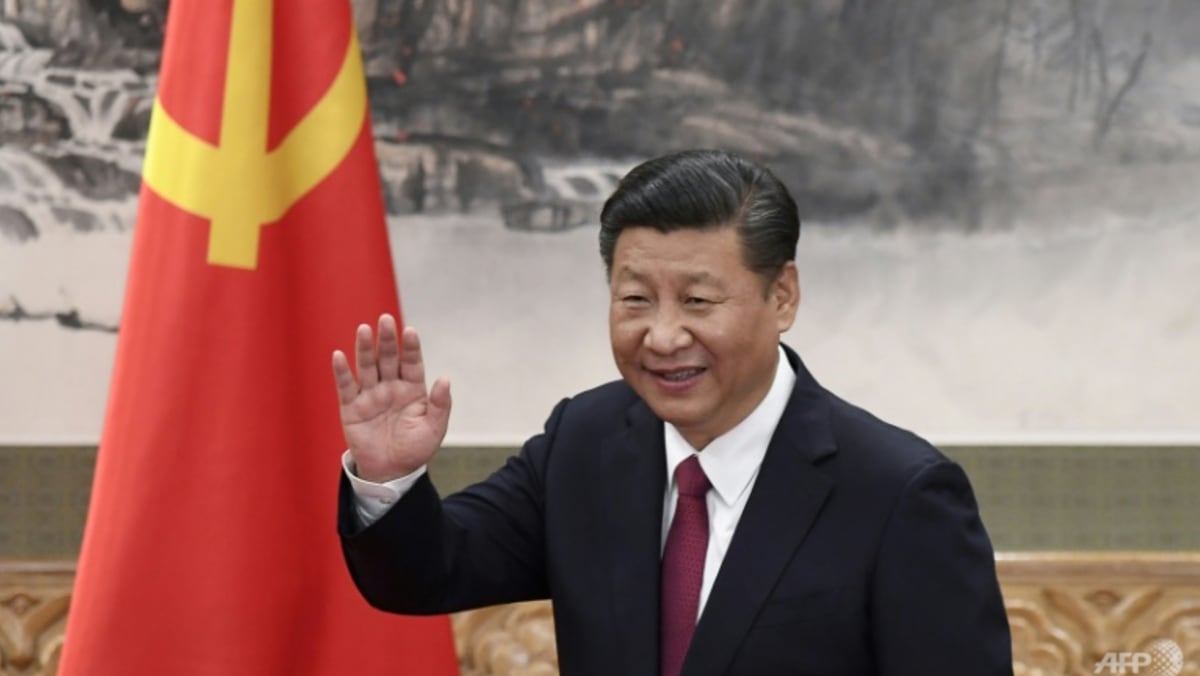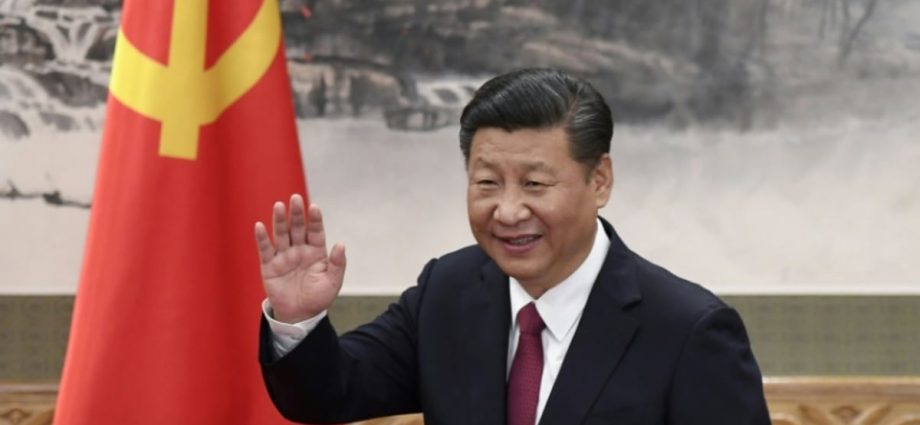
MASSIVE EXPANSION OF OUTPOSTS
China’s expansive claims in the disputed waters preceded Mr Xi’s time in top office.
Beijing insists it has “historical rights” as Chinese activities in the South China Sea “dated back over 2,000 years”.
It reaffirms its sovereignty claim and related rights in the vital waterway with a 1948 map of its administrative regions, which marked a “nine-dotted line” in the South China Sea.
According to Dr Andrew Chubb, who is with Lancaster University’s department of politics, philosophy and religion, China’s ambitions to control its maritime periphery have been emerging since the early 2000s.
“Jiang Zemin introduced the concept of building China into a ‘maritime great power’, while Hu Jintao oversaw the crucial buildup of patrolling and coercion in the disputed areas between 2007 and 2012,” he said.
“The island building began under Xi, but it is not clear that his predecessors really had the option to build massive artificial islands. That took a lot of dredgers, which took time to construct.”
Indeed, Mr Xi’s South China Sea policy has been marked by a massive expansion of China-controlled outposts in the disputed waters.
The artificial islands constructed by China have turned once-precarious outposts on reefs that were submerged at high tide into more than 1,000 ha of reclaimed land.
Over the last decade, Beijing has built runways and harbours and deployed anti-ship cruise missiles to these artificial islands as a projection of its territorial claims.
In July 2002, the Chinese government established Sansha City on Yongxing Island (also known as Woody Island) as a prefecture-level city under Hainan province.
The city’s jurisdiction encompasses much of the area within the nine-dash line, including more than 280 islands, shoals and reefs claimed by China.

